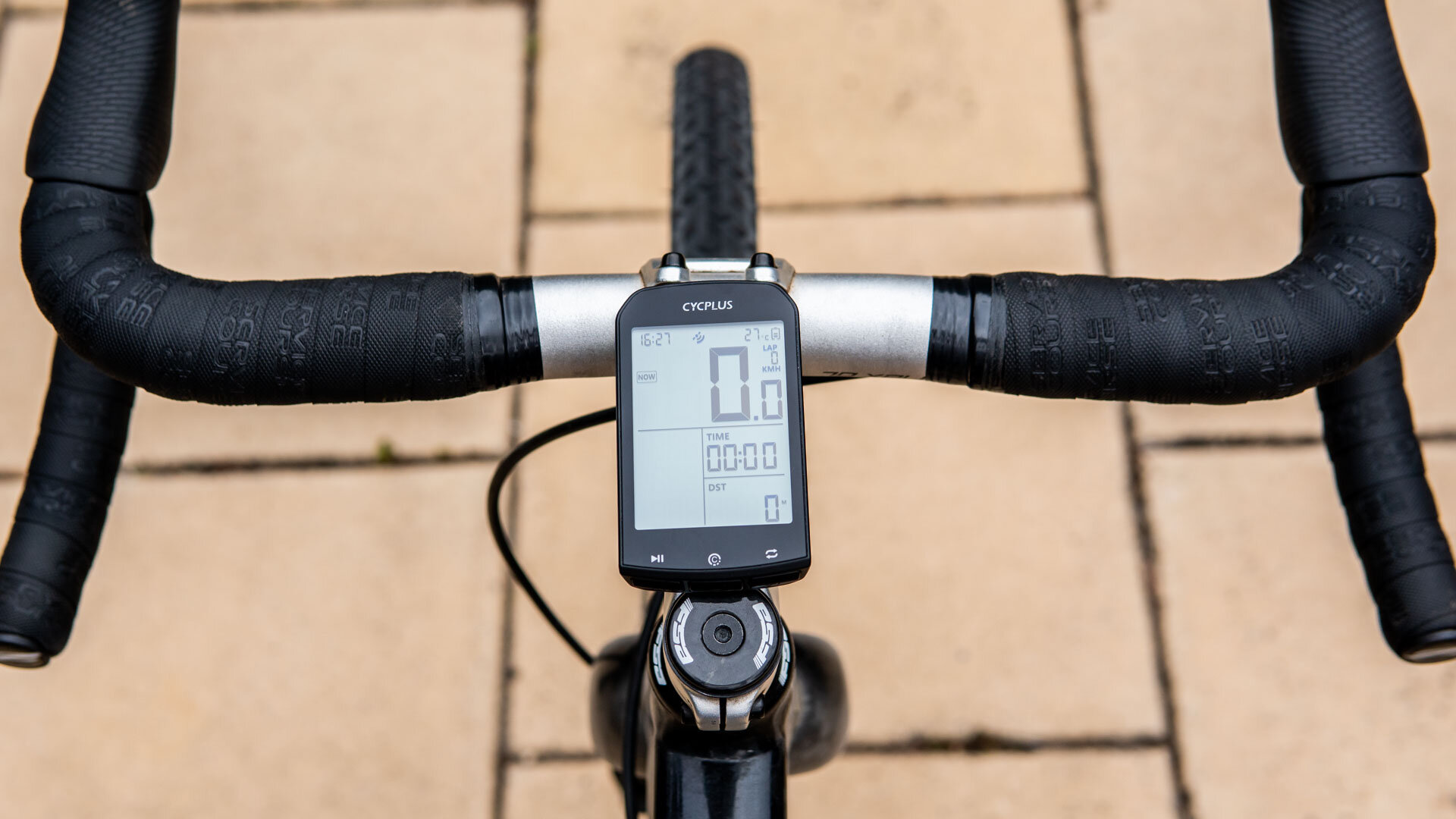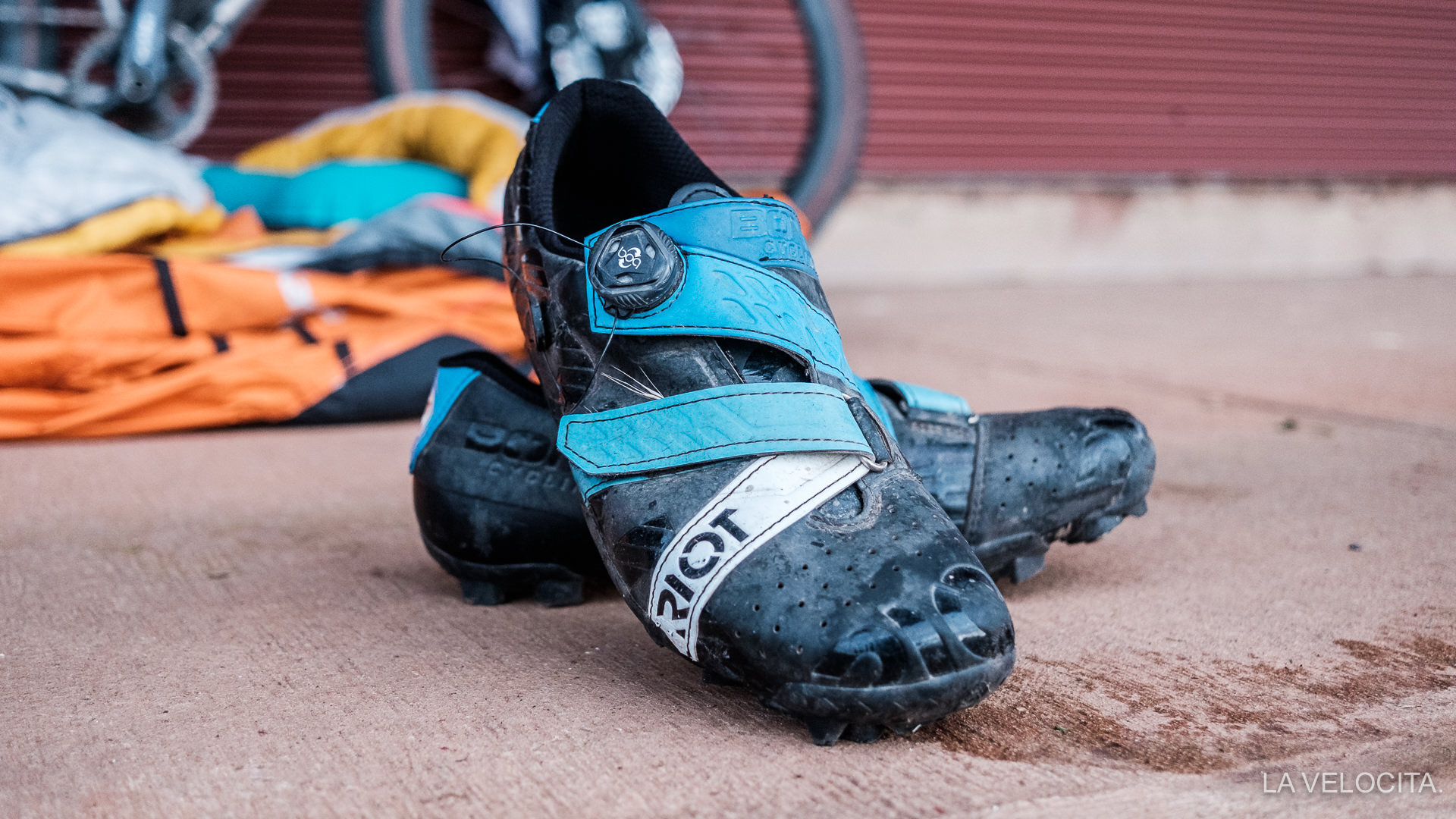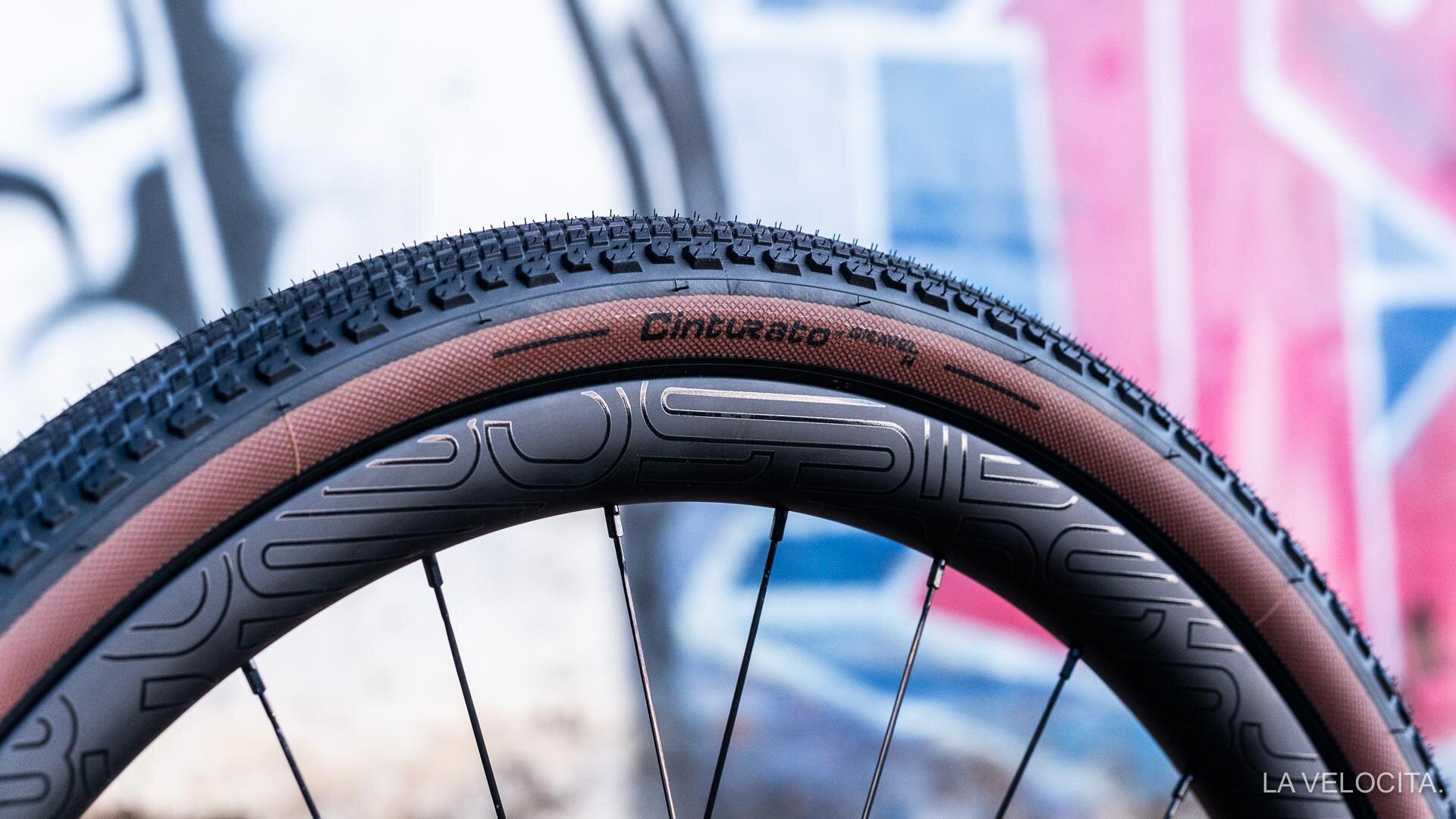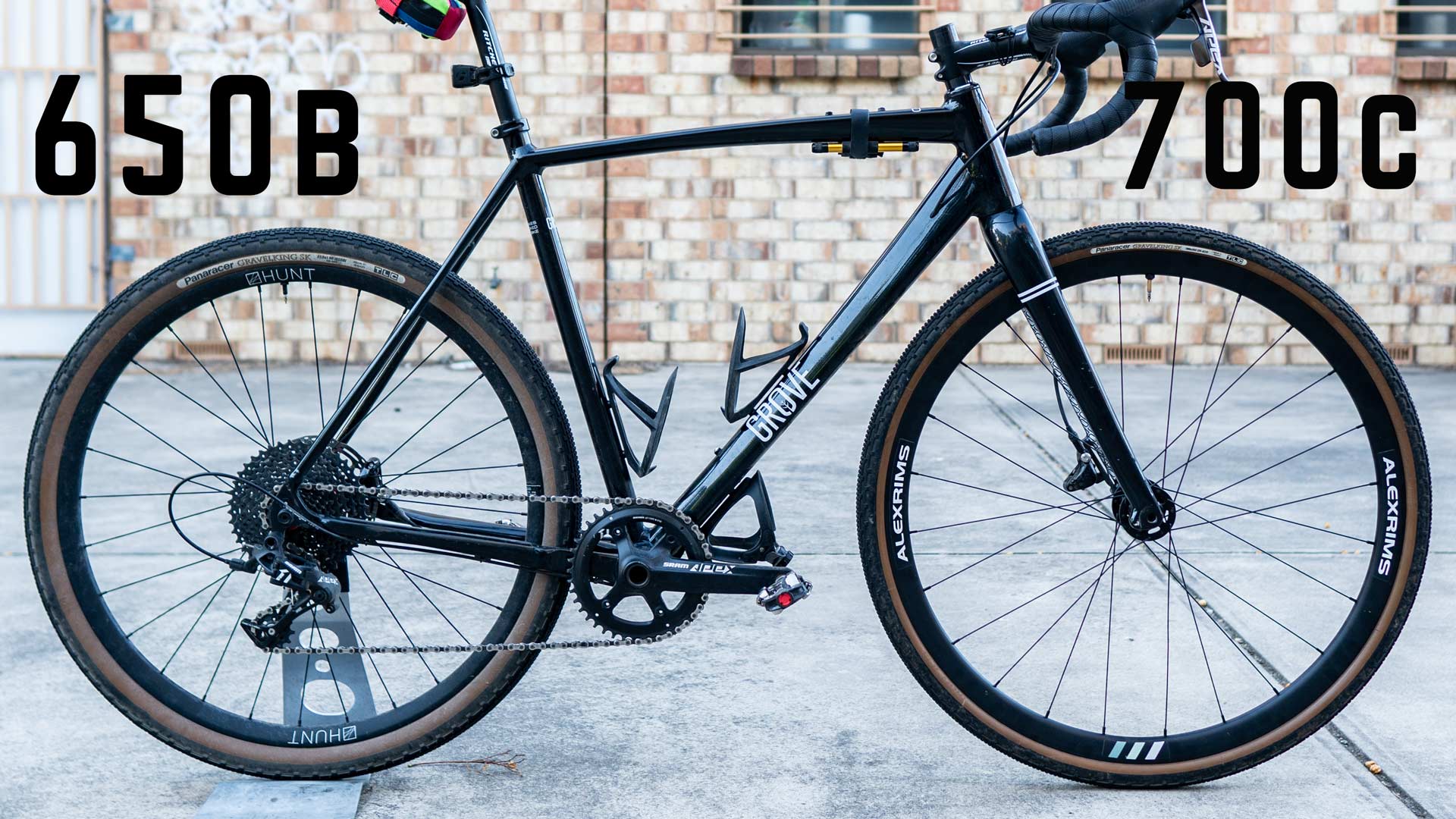Heavy Vs light tyres - how much slower are they?

What is the real-world difference between heavy and light tyres? Well, I tried to find out with some semi-science. But didn’t. Well, I sort of did.
Words and Images - James Raison
My choice of Schwalbe Marathon Supremes for Indy Pac literally (LITERALLY) caused the internet to blow up. “Too heavy”... “too much rolling resistance”... “you'll take 15 years to get to the Opera house”... “your friends and co-workers will think less of you for using those tyres”... ok so I might have exaggerated those a bit but the negativity was real. I didn’t get it. Sure, I expected heavier tyres to be a bit of a penalty but I also wanted massive tyres run at low pressure and zero punctures. So when I got back I decided to test the difference between my colossal tyres and regular light ones.
The hefty Schwalbes broke the internet
THE TEST
Pretty simple really: I chose 3 uphill segments of varying gradients and lengths and one flat segment as a control. I would ride my heavy and light tyres on all segments at a pre-chosen wattage. Then compare. I only ran the tests once because of laziness. Yes, it’s not the most robust science but I have other stuff to do… like watch Finding Dory (DON’T YOU DARE JUDGE ME!).
Everything other than the tyres would be kept as similar as possible. The test rig was my Curve Belgie Spirit with all of the regular attachments: lights, Garmin, water bottle etc. I tried hard to keep everything consistent. So my water bottle had roughly the same amount in it for each segment, my jersey pockets had the same tools and spares I always take, and I made sure to wear the same helmet. All segments for each tyre were done on the same ride and both days had good conditions for riding. The only thing that changed was the tyres.
The test rig
TYRES
The first, as mentioned was my Schwalbe Marathon Supreme 35 mm setup tubeless. Second, the ubiquitous Continental GP4000 SII in 25 mm with a tube. Every second person uses them so they're a perfect point of reference.
Here's the raw numbers:
| Tyre | Weight | Tube/Sealant weight | Total |
| Schwalbe Marathon | 545 g | 65 g | 610 g |
| Continental | 210 g | 125 g | 325 g |
THE SEGMENTS
I chose the following segments for my test:
- 4 laps of the Vic Park crit track. It’s flat, smooth, and perfect control. I chose 200 Watts as my target power because there were a couple of corners that I wanted to pedal through smoothly rather than have to slow down and accelerate out of.
- Norton Summit. This is the Adelaide yardstick climb. 5.5 km at 5% average gradient. I chose a cruisy 250 watts on the climb to avoid boredom.
- Mt Osmond. My favourite climb in Adelaide and fairly steep. It’s 2.2 km at around 10%. My thinking was the hefty Schwalbes would be cripplingly slow up here. I upped the power to 300 watts for this hill to keep a comfortable cadence.
- (part of) Gill Tce. This is a 300 metre 15% slap in the face. 350 watts was the lowest I could manage without grinding. So I went with that.
RESULTS
So here are the raw numbers:
| Segment | Average Watts | Time |
| Vic Park - Schwalbe | 199 | 11:01 |
| Vic Park - Contis | 198 | 10:28 |
| Norton Summit - Schwalbe | 251 | 19:24 |
| Norton Summit - Contis | 250 | 18:46 |
| Mt Osmond - Schwalbe | 300 | 10:57 |
| Mt Osmond - Conti | 298 | 10:55 |
| Gill Tce - Schwalbe | 352 | 1:56 |
| Gill Tce - Contis | 348 | 1:53 |
INTERPRETATION
These results are the exact opposite of what I was expecting. There were large gaps between the 2 tyres on the flat segment - 33 seconds, and Norton Summit - 38 seconds. There was only seconds between the steep Mount Osmond - 2 seconds, and Gill Tce - 3 seconds. That's in spite of very similar average wattages for all efforts. I expected heavy tyres to slow me down on the steep hills.
From my results, it appears that a heavier tyres make almost no difference on steep gradients over a light tyre. There were big gaps between the flat laps of Victoria Park and the 5% Norton Summit climb though. It could be rolling resistance that caused the Schwalbes to be slower. Lab rolling resistance tests found the Contis had around 15 watts of rolling resistance at the pressures I ran, compared to 23 watts for the Schwalbes. I'm not entirely convinced that can explain the difference though because there should have been a bigger difference between the times on the steep climbs.
Obviously there are limitations with only running the test once, but there is still some value in the results. Anyone who's worried that tyre weight will slow their climbing doesn't need to, based on my results. Now I'll turn it over to the comments section, what do you think? Can you see something I didn't?
Oh, and Finding Dory was a solid 6.5/10.


















As we are well into winter everyone is asking me about lights, however, I think you should be riding with front and rear lights all year round, no matter what time of day or night, terrain, country or city, bike paths or roads.